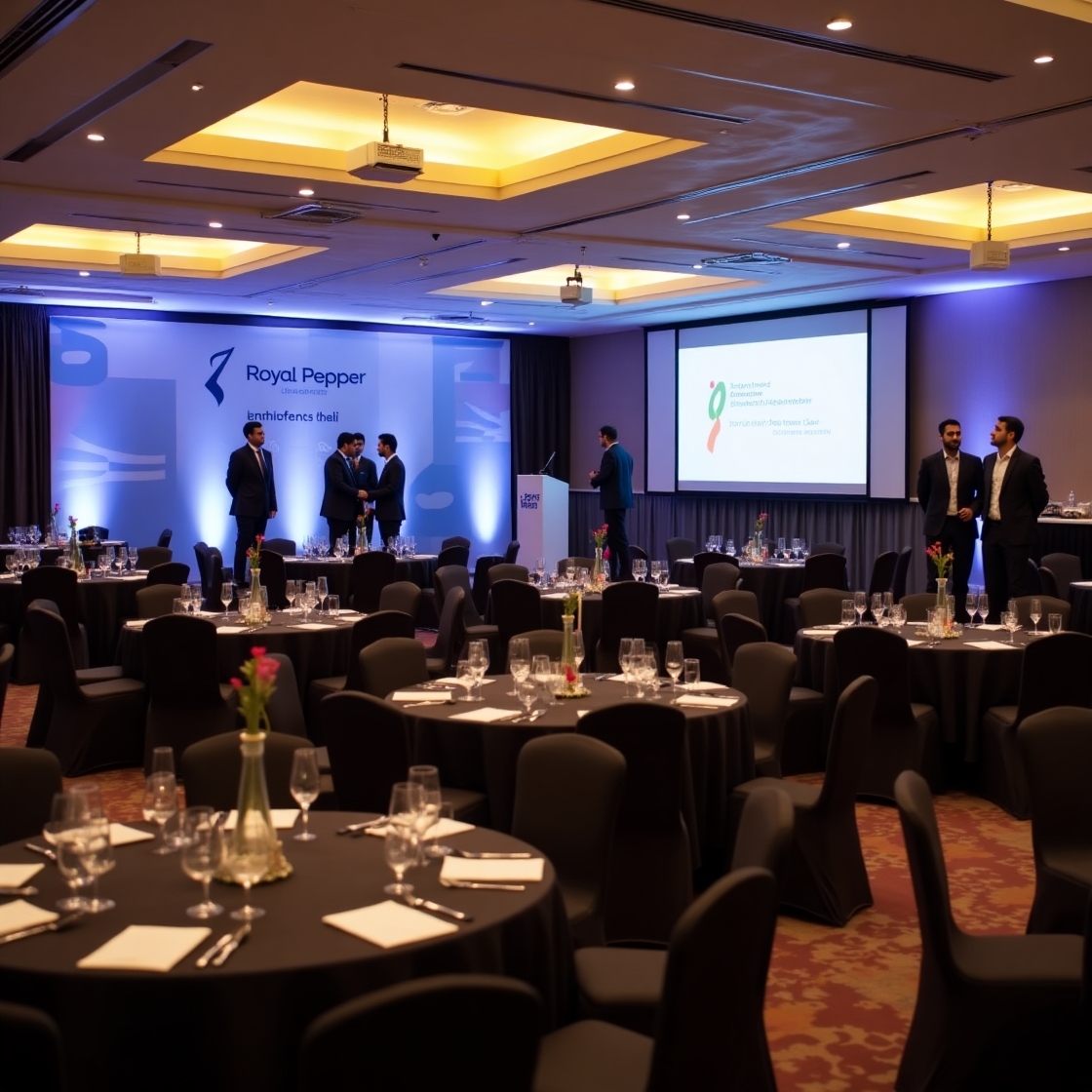
Everything you need to know about planning a Muslim wedding.
Muslim weddings conjure up images of bright and cheerful ceremonies, the aroma of Biryani slow-cooking on dum wafting about you, and, of course, Nawabi grandeur! In Islam, however, the intensely spiritual occasion of a wedding is much more than just a celebration! We present you the next edition of the Wedding Tradition Series, which delves into the complexities of Muslim wedding traditions: a kaleidoscope guide to distinct regional cultures, including rituals, customs, apparel, and more.

As more couples from other cultures or even nations marry, they all want a beautiful blend of celebrations and festivities that will stay with them and their guests for the rest of their lives. Regardless of whether you are a Whether you are a bride or groom-to-be planning your wedding or a guest invited to a friend’s wedding, organising a new event can be stressful. This wedding tradition series aims to address all of your questions regarding rituals and their meanings, how to dress for different functions, and distinctive features of the experience to embrace, one culture at a time.

Welcome to the peaceful haven of Muslim weddings!
Magnificent Wedding Functions
Muslim weddings, like those in most other cultures, are formalised with a Magni, or engagement function. It is a joyous meeting of both families during which the bride and groom exchange rings and the families exchange dried fruits, jewellery, and clothing.

Manjha (Haldi) is the Hindi equivalent of a In a Hindu Haldi ceremony, the bride is smeared with turmeric paste by all the female members of the family to give her a wedding glow. The ritual is accompanied by music, dance, and a lot of fun. After this ritual, the bride is not supposed to leave the house until the wedding day. Separately, the same function is held in the groom’s home.

Sanchaq
The Sanchaq ritual, which takes place a day or two before the wedding, commemorates a visit to the bride’s home by the groom’s family, filled with gifts for the bride. This contains her wedding gown, jewellery, fragrances, and other gifts.
Mehndi
The Mehndi celebration, which is held a day or two before the wedding, is an intimate affair. from the bride’s side, in which the bride’s hands and feet are adorned with exquisite henna designs while her loved ones sing, dance, and have a good time As a sign of love, the groom’s initials are frequently woven into her patterns.

Nikaah
The groom arrives with a lively baraat and is greeted with sherbet by the bride’s family, while rose water is showered on his family. The Nikaah ritual, or wedding, is then performed, officiated by the maulvi, in which men and women are seated separately, with the groom and bride separated by a curtain. The maulvi recites certain Quranic passages. The groom’s family offers the bride ‘Mehr,’ an agreed-upon token amount of money, in order to gain her approval for the marriage. The Maulvi then inquires about the He asks the bride if she accepts by saying “Qubool Hai” three times in a row, and once she responds, he asks the groom the same question. In the presence of two witnesses from each family, the couple is next required to sign the ‘Nikahnama,’ the legal marriage contract that stipulates all marital duties. They next seek blessings from the families’ elders.

Mushaf, Arsi
This is a unique ceremony at Muslim weddings that symbolises the first time the bride and groom see each other on their wedding day after being separated by a curtain for so long. They are made to sit side by side with a veil covering their heads, gazing at their reflections in a mirror maintained before them by the Holy Quran.
Rukhsat

Rukhsat, similar to the Vidaai ceremony in Hindu weddings, is the farewell ceremony in which the bride bids her family an emotional farewell. When she arrives at her new house with her groom, she is greeted by the groom’s mother, who hands her the Holy Quran in order to bless her new life as a wife.
Walimah

Walimah, the last celebration in a Muslim wedding, is a grand reception thrown by the groom’s family with considerable pomp and splendour. The couple is dressed in finery and lavished with presents and blessings by relatives and guests, and the evening is filled with spectacular revelries and delectable cuisine.
A Muslim wedding will almost certainly include the following elements:
While many Indian weddings share cultural and ritual aspects, there are some differences. There are several iconic Muslim moments that you should not miss at a wedding.
Gharara and Sharara
The flaring grace of shararas and ghararas emanate a Nawabi charm that is ideal for a Muslim wedding. Wear with a neutral kurta and dupatta for a delicate, feminine style.
glam it up
A wedding isn’t complete without a little bling. Dazzling shararas or ghararas with intricate designs are just what you need.

Slim silhouettes
While there is no shortage of wedding fashion available, it is crucial to keep cultural conventions in mind when attending a ceremony. Whatever you wear, it is best to keep modesty in Muslim weddings by avoiding steep necklines, cutouts, and revealing designs. Instead, accept the For a beautiful and polished style, combine the feminine allure of flared, flowy couture with exquisite workmanship.






